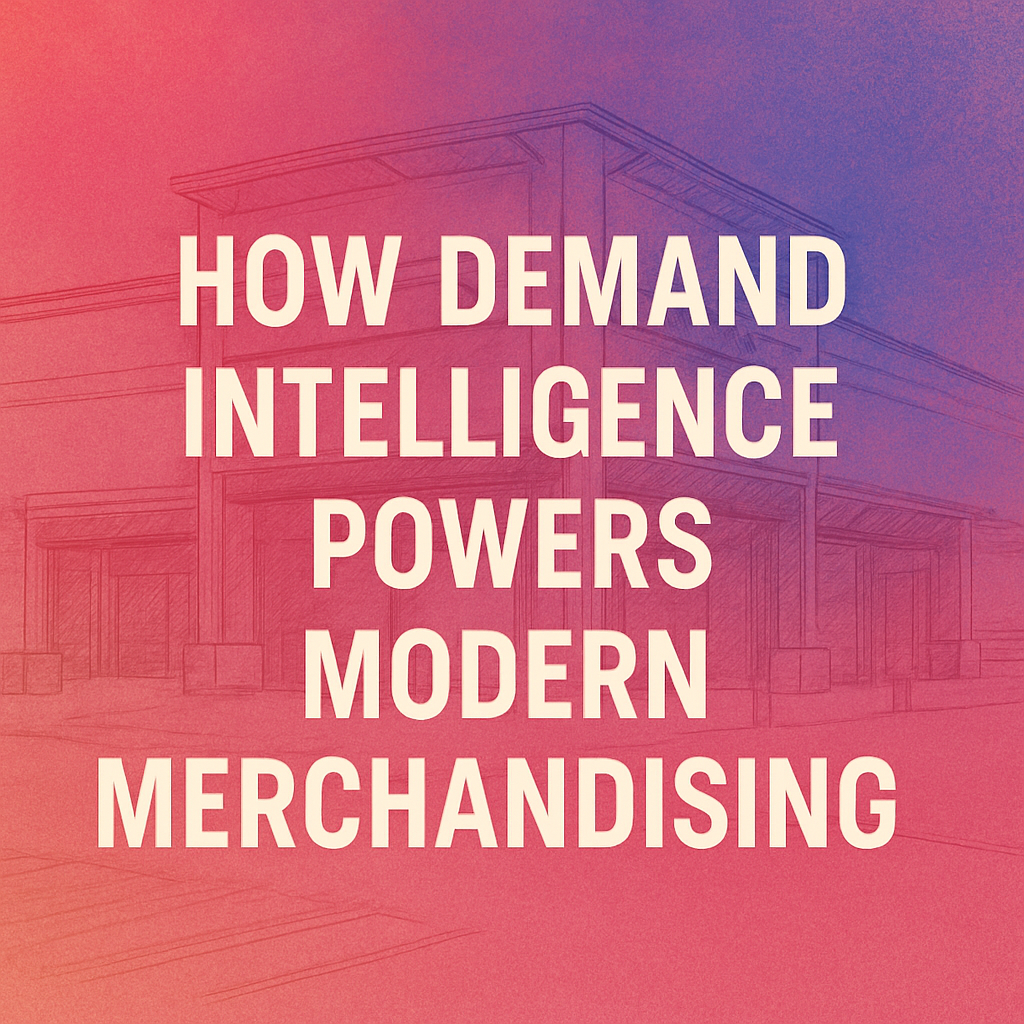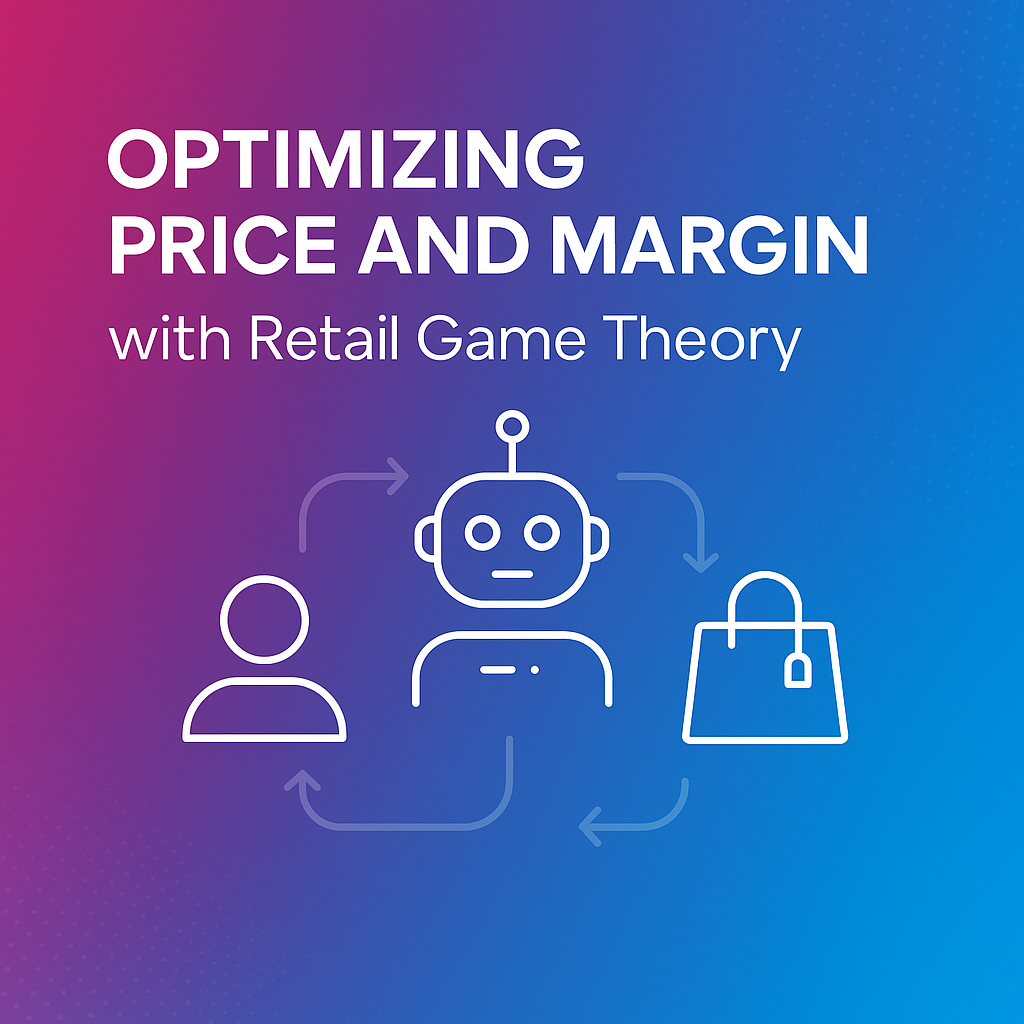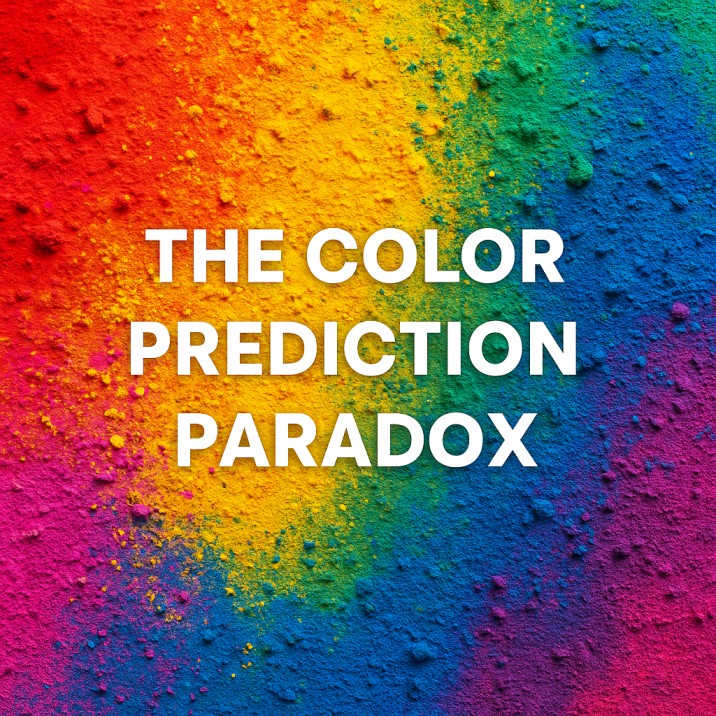3 A’s Of Winning In D2C Business

We are all in an age of two-way conversation with consumers. Make and sell one way without a dynamic interaction with feedback will cause huge damage to the business. Before we get into winning in the D2C (Direct To Consumer) business, good to understand what is not D2C business mindset?

D2C is a mindset and not just a business model. All decisions are taken with the consumer at the center. It is easier said than done in a dynamic marketplace with high demand uncertainties.
Here is a simple memorable framework that has worked for us with our clients (brands and retailers of all sizes including the Fortune 50). The brands and retailers used this framework to make choices in winning the D2C business.
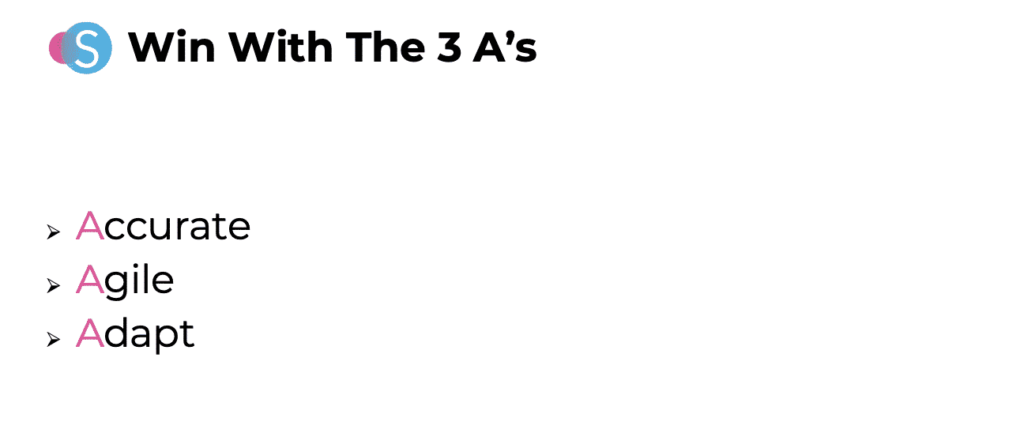
We will take you through case studies of brands and retailers gaining business transformation in these vectors. It is important to understand the following traits of these businesses giving them a high probability of success.

Winning In D2C Business with Accuracy
This multinational brand with over 400 stores and omnichannel presence, wins with its accuracy of spotting winning trends. They understood product selection is what consumer buys and that is critical in spotting with laser-sharp accuracy. With continuous usage of demand-driven trends, the brand has improved its full-price sell-through by over 20%. The revenue velocity of products is an indication of the consumer affinity of the range. The revenue velocity jumped by 30-40%. While the brand had options to use many tools in the market, they saw us bringing a unique demand view (consumer view against the supply view) to forecasts and predictions.

Winning In D2C Business With Agility
A medium-sized brand with a multi-channel presence saved USD 5 million within 12 months. The brand moved from traditional planning to advanced agile, dynamic planning, and optimization. They were skeptical initially, but today APOLLO is their default planning system. The forecast accuracies went up by 50% at the style/color/store level from their current baseline.
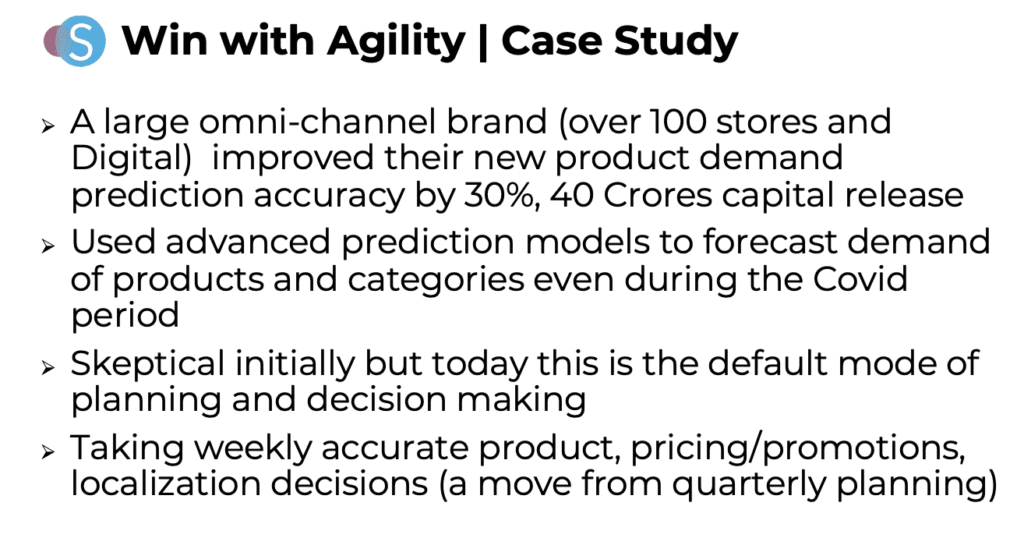
Winning In D2C Business Being Adaptive
Speed without direction is of no use. It is the velocity that matters with direction and speed. The direction here is consumer preferences contextual to the brand. Also, accuracy must have direction in context. This calls for a dynamic learning system that makes use of real-time data within the organization and from outside-in.
Here is a case study of how a brand minimized overbuy and underbuy by over 30% by being adaptive.

In Conclusion,
It is important to have all the 3 dimensions (Accuracy, Agility, and Adaptiveness) and capabilities built-in in your roadmap to not just win once but on an ongoing basis.
It is also important not taking eyes off the ball, with covid recoveries happening. Building a robust adaptive system is a business growth driver plus insurance for adversities.
While many ask what will keep changing future, we feel a better question is “what will not change“. Those continue to remain consumer-driven selection, value, and service. Rest all are just enablers.
In case you would like to have a free consulting chat with us on how the framework of 3 A’s can help you set and scale your D2C business, please reach us here.

